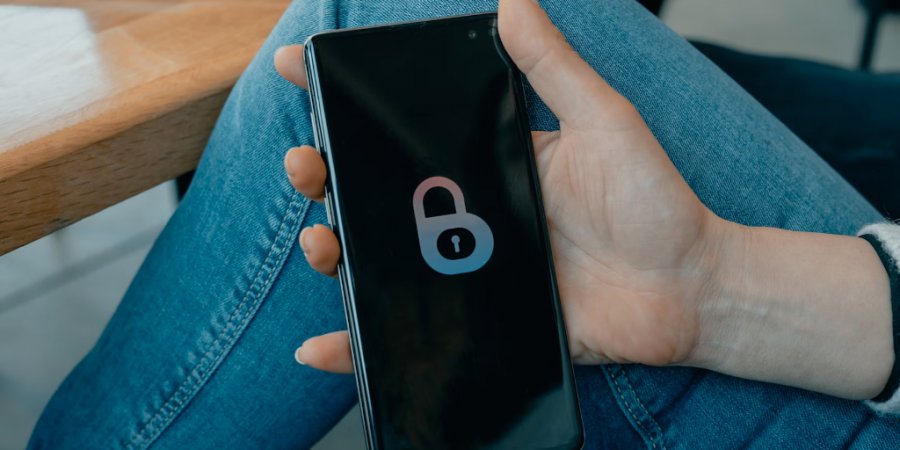The Rise of Token Gating Platforms for Monetizing Digital Content

If you have been following news on web3 and crypto, you must know that there has been a growing interest in using blockchain technology and cryptocurrencies as a method for content creators to monetize their work. One application that has emerged is token gating platforms that allow creators to sell access to gated content using tokens. In this model, creators can "tokenize" their content by setting a price in cryptocurrency that users need to pay to gain access. This tokenized content is known as "token gated content."
The Benefits of Token Gating
Token gating represents an evolution in how digital content can be monetized in the web3 era. In the past, content creators were often forced to rely on advertising revenue or subscriptions. However, these traditional models come with downsides.
Token gating powered by blockchain offers some potential advantages:
- Allows creators to establish a direct value exchange with their audience, increasing engagement and loyalty.
- Enables creators to tap into new revenue from one-time visitors who want to access specific pieces of premium content.
- Provides users with more choice and flexibility in supporting creators through a "pay as you go" model.
- Leverages seamless cryptocurrency payments without traditional checkout friction.
How Token Gating Platforms Work
Token gating platforms act as a bridge between content creators and their audience. Here is a deeper look at how they allow creators to tokenize and gate content:
Minting Access Tokens
The first step is for the creator to mint a supply of ERC-20 compatible tokens on the blockchain that will represent access rights to the gated content. The total supply of tokens determines the scarcity and maximum number of "seats" available to access the content. Minting tokens allows the creator to configure the economics, such as setting a fixed price per token or enabling dynamic pricing.
Listing Tokens in the Marketplace
Once minted, the access tokens are listed in the platform's marketplace. This provides a place for users to discover and purchase tokens that grant access to gated content from creators on the platform. Platforms may support secondary sales of tokens between users. Some also facilitate fractionalization of tokens into shares to improve liquidity.
Accepting Cryptocurrency Payments
When users purchase tokens, platforms accept payment in their native platform cryptocurrency or other major coins like ETH. This allows near instant, global payments using crypto wallets. Some platforms also enable fiat currency payment gateways. Upon payment, tokens are transferred to the buyer's wallet.
Redeeming Tokens to Unlock Content
After obtaining tokens, users can redeem them on the platform to gain access to the gated content. Platforms implement access control mechanisms to verify valid ownership of tokens. Redeemed tokens may be burned or remain in circulation depending on the platform and creator preferences.
Redistributing Revenue to Creators
Finally, token gating platforms redistribute revenues from token sales back to creators, usually in the platform's native crypto. This provides creators with a new monetization stream from selling direct access to content via blockchain tokens. Some platforms take a platform fee or revenue share.
Emerging Platforms
There are a growing number of startups emerging in this token gating space:
- BitClout
- Roll
- Nifty Gateway
- Mirror
- IdeaPad
Conclusion
The token gating model is still in its early days, but shows promise as a new method for internet creators to leverage blockchain technology for monetization. As adoption grows, we may see token gating emerge as a competitive alternative to ads and subscriptions. Platforms that implement elegant interfaces and compliant legal frameworks will be best positioned to help realize the potential of token gated content.
Previous Posts: